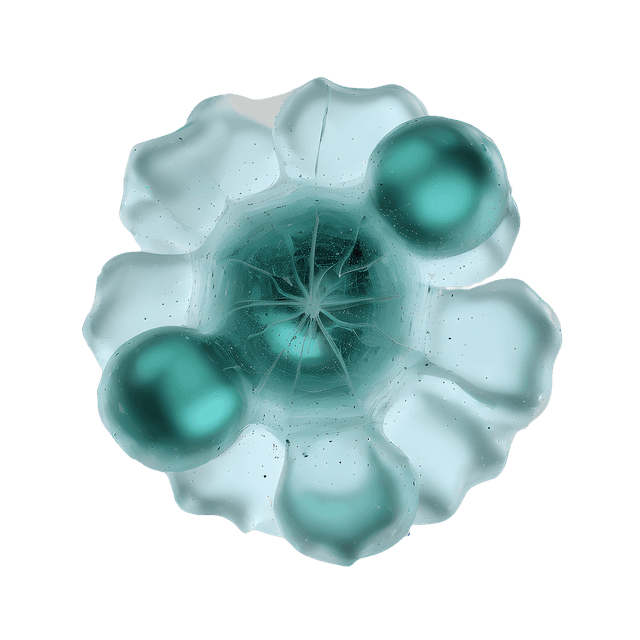Breast cancer – symptoms, diagnosis, treatment, and prognosis
Breast cancer is a significant health risk for women worldwide and constitutes a substantial part of the total cancer burden. In this article, we will answer some common questions about breast cancer, including what it looks like, its symptoms, how many are affected, and survival rates.
How many are affected by breast cancer?
Breast cancer is the most common form of cancer in women in Sweden. Statistics from 2022 show that 8,543 people were diagnosed with breast cancer this year, the majority of whom were women. The median age at onset of the disease in the previous year (2021) was 66 years. But breast cancer can also affect younger women, almost one in five who fell ill in 2022 were under 50 years old. It is important to note that men can also suffer from breast cancer, although it is rare, in 2022, 57 men received a breast cancer diagnosis.
Breast cancer in numbers
- 1 in 10 women get breast cancer before the age of 75.
- During 2022, 8,543 people were diagnosed, 8,486 women and 57 men.
- Approximately 20 percent of all breast cancer cases can be avoided through healthy lifestyle choices, which means that around 2,300 women each year could avoid the diagnosis with the right preventive measures.
- Nearly 9 out of 10 women who get cancer survive thanks to the chance of being cured.
Statistics are sourced from the report "Cancer in Numbers" published by Cancerfonden and Socialstyrelsen (2022 and 2021).
Symptoms of breast cancer
The most common symptom of breast cancer is a lump that can be felt in the breast or armpit. However, it's important to remember that most breast lumps are not cancer; they may be the result of swollen breast glands or normal breast tissue. Other possible symptoms of breast cancer include:
- Enlarged or firm breast.
- Bloody or brownish discharge from the nipple.
- Retraction of the skin or rash/redness on the breast.
- Pain and tenderness in the breasts, although this is not a common symptom and is often due to normal hormonal changes.
Diagnosis of breast cancer
The diagnosis of breast cancer is typically established through a process known as triple diagnostics, which includes:
- Clinical examination: A physician carefully examines the breasts and armpits by inspecting and palpating them with their hands.
- Mammography: An X-ray examination of the breasts that can detect tumors, even those too small to be felt.
- Ultrasound and tissue sampling: When necessary, mammography may be supplemented with an ultrasound or magnetic resonance imaging (MRI), especially for younger women with denser breast tissue. Tissue sampling involves extracting cells from the suspicious area and analyzing them under a microscope.
It's worth noting that approximately 60 percent of breast cancer tumors are detected through breast cancer screening programs, targeting women aged 40 to 74 years, with approximately two-year intervals.
Self-breast examination
You can regularly examine your own breasts by looking at them in the mirror and feeling them. Learn more here about how to examine your breasts step by step.
Treatment of breast cancer
Treatment for breast cancer varies depending on the stage of the tumor and other factors. Typically, treatment begins with surgery, where efforts are made to preserve as much of the breast as possible. If breast removal is necessary, reconstruction through breast-conserving surgery may be an option. Radiation therapy is usually given to the breast some time after surgery.
Some patients may need chemotherapy before surgery to shrink the tumor. Hormone therapy can be used for estrogen receptor-positive breast cancer, and for certain types of breast cancer, antibodies targeting specific proteins can be used as part of the treatment plan.
Prognosis for breast cancer
Early detection of breast cancer is crucial for prognosis. Breast-conserving surgery, followed by radiation therapy, can provide as good chances of survival as removing the entire breast. The ten-year relative survival rate for women with breast cancer is close to 90 percent, but it's important to remember that survival rates vary depending on many factors, including the stage of the tumor and treatment methods.
In summary, early detection, screening, and appropriate treatment are critical to improving the prognosis for breast cancer patients. It's also important to continue researching the various aspects of this complex disease to enhance diagnostics and treatment options. Join the fight against breast cancer by supporting the Pink Ribbon campaign.
Do you want to learn more about breast cancer, breast examination, mammography, and how to seek help? Visit cancerfonden.se.






















